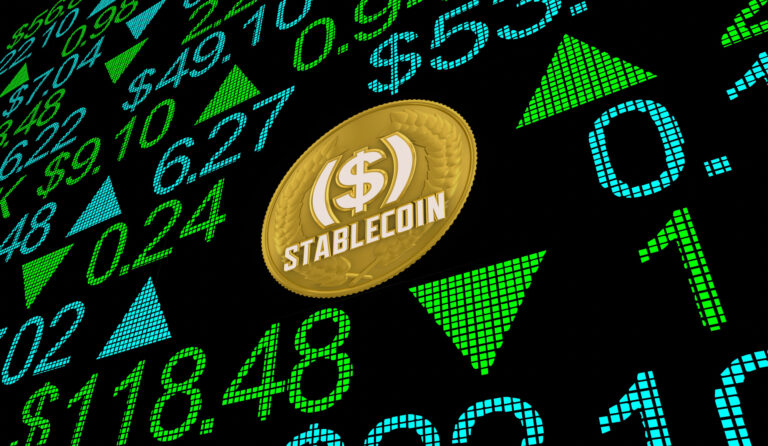The stablecoin market is experiencing an unprecedented boom, reaching a staggering 274 billion USD in market capitalization (Coingecko), representing 7% of the total crypto market.
This explosive growth, coupled with Google searches for "stablecoins" hitting an all-time high in July, signals a pivotal moment for these digital assets. The driving force behind this surge is a new era of regulatory clarity, spearheaded by the landmark passing of the Guiding and Establishing National Innovation for US Stablecoins (GENIUS) Act in July 2025.
2025: a regulatory breakthrough
This year has truly been a breakthrough for stablecoins, as the regulatory landscape has shifted dramatically from skepticism to clear, supportive frameworks. While early stablecoins like USDT (2014) were largely overlooked, Facebook's ambitious Libra project served as a global wake-up call, compelling regulators to act. By 2023, significant frameworks like the EU's MiCA regulation and similar licensing regimes in the UK, Hong Kong, and Singapore were already in place.
The US GENIUS Act of 2025 is the latest and most impactful piece of legislation. It has been described as crypto’s “Interstate Highway” moment, laying the regulatory asphalt that allows stablecoins to move safely and at scale. It establishes a robust regulatory framework for payment stablecoins, mandating strict standards for reserves, disclosures, and AML/KYC compliance. This act provides much-needed legal certainty, clarifying that payment stablecoins are not securities or commodities under US federal law, and placing them under a banking framework. This move is crucial for fostering trust and encouraging broader adoption of stablecoin-based payments, as it paves the way for a burst of new products and increased participation, particularly from institutions. However, the increased compliance costs mandated by the act may disadvantage smaller issuers, potentially concentrating market power among a few key players.
Adding to the US regulatory push is the simultaneous passing of the Anti-CBDC Surveillance State Act, which bans the US Federal Reserve from issuing a central bank digital currency (CBDC). The US has thus chosen to prioritize free-market innovation and financial freedom by letting private stablecoins flourish. While this decision establishes a clear path for private-sector leadership in digital payments, it may also limit the Federal Reserve's ability to modernize payment systems and compete with the global development of CBDCs.
Expanding use cases and institutional embrace
Stablecoins are rapidly moving beyond their initial primary use in crypto-asset transactions and gaining significant traction in mainstream payments. Major players like Stripe and Visa are now actively integrating stablecoins into their services, offering merchants the ability to accept stablecoin payments and facilitating partner payouts.
Perhaps even more indicative of their growing importance is the increasing engagement from traditional financial institutions. JPMorgan's JPMD deposit token set a precedent, and now major banks such as Citigroup and Bank of America are exploring their own stablecoin initiatives. Citigroup is considering issuing its own stablecoin and tokenized deposits, while Bank of America is in early discussions for a joint stablecoin project. This signifies a broader institutional shift towards blockchain-based finance, recognizing stablecoins' potential for faster and more transparent payments. Standard Chartered's move into BTC/ETH spot trading further underscores this embrace of digital assets within traditional finance.
Adding to this global momentum, markets like Germany have recently launched their own stablecoins. The EURAU, backed by Deutsche Bank's asset management arm DWS, Galaxy, and Flow Traders, is a prime example. This euro-denominated stablecoin, fully compliant with the EU's MiCA regulation, sets a precedent for institutional-grade digital assets and is expected to encourage further adoption in financial applications like cross-border payments.
The future is stable
The message from the market is undeniably clear: stablecoins have proven their intrinsic value. Backed by growing regulatory acceptance and powered by undeniable utility, they are becoming the essential bridge connecting the stability of traditional finance with the innovation of the crypto world. As regulatory frameworks continue to mature and institutional adoption accelerates, 2025 is indeed shaping up to be a transformative year, laying the groundwork for stablecoins to play an even more critical role in global payments and decentralized finance.








